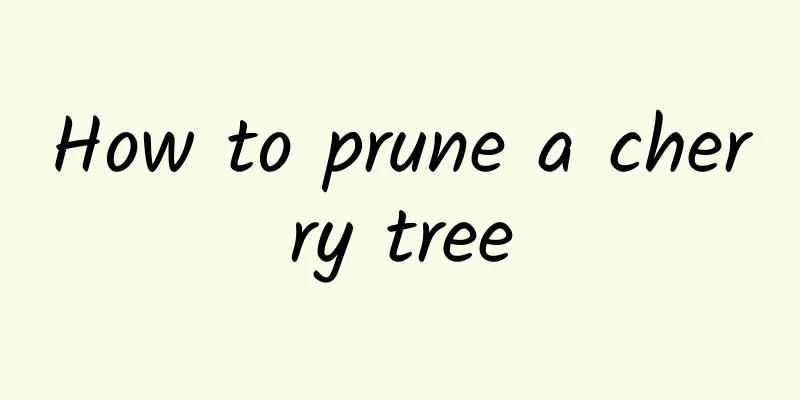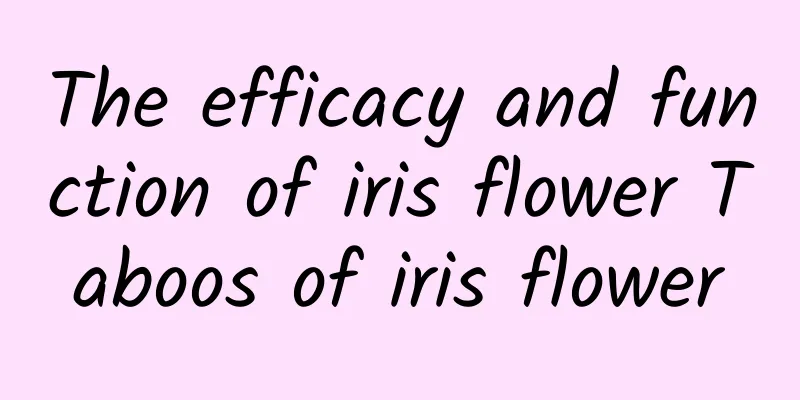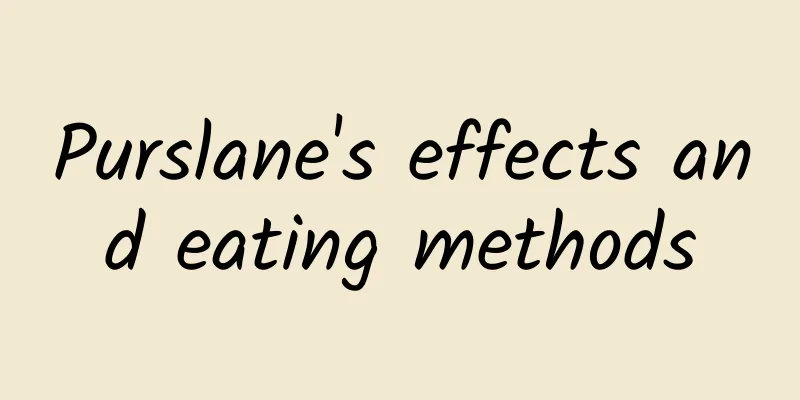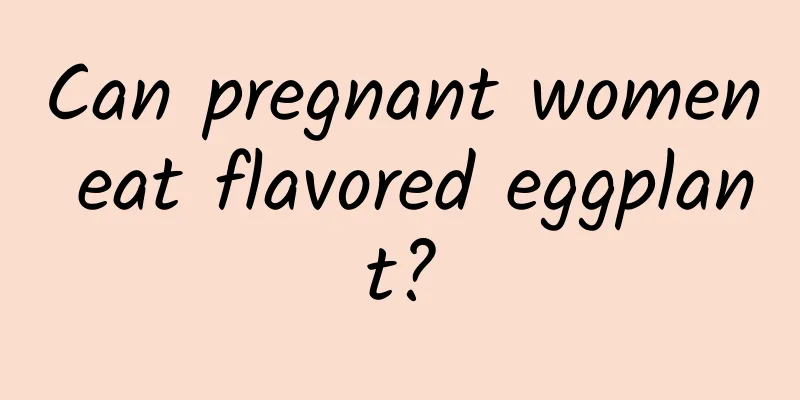How to prune a cherry tree

|
How much do you know about cherry tree pruning? If you don't know how to prune a cherry tree, please read the following content. . Cherry tree pruningThe best time to prune a cherry tree during its dormant period is when it is close to budding. Pruning too early can easily cause water loss in the wound, leading to branch death and gum flow. Pruning after budding can help the wound heal faster. Therefore, pruning of outdoor cherry trees should be done when the buds are budding, while pruning of cherry trees in protected areas can be done when the temperature starts to rise. How to prune a cherry tree1. Shorten ① Light pruning, cut off 1/5 to 1/4 of the cherry branches. Light pruning has the effect of weakening the apical dominance of the branches, which is beneficial to improve the germination rate, increase the amount of short branches, and form more bouquet-shaped fruiting branches. Therefore, light pruning of horizontal branches and oblique branches on young trees can increase the amount of short branches and help early fruiting. ② Medium pruning, cut off 1/3 to 1/2 of the branches. During the shaping and pruning of cherry trees, medium pruning is usually performed on the backbone branches and the developmental branches with growth space on the periphery, which can generally promote 3 to 5 medium and long branches, which is beneficial to expand the crown. ③ Heavy pruning, cut off 2/3 of the branches. This method is mostly used to balance the tree potential of young trees, such as heavy pruning of one-year-old strong branches of vigorous branches, which can reduce the growth potential of vigorous branches. It can also be used to cultivate fruiting branch groups, such as heavy pruning of the branches on the back of the backbone branches to lower the branching position, and then slowly release the branches that have emerged in the second year to cultivate fruiting branch groups. ④ Extremely heavy pruning, leaving only 4 to 5 buds at the base. This method is mostly used to control competing branches and overly vigorous branches. If there are axillary flower buds at the base of the branches to be thinned out, you can first do an extremely heavy pruning, retain the flower buds at the base, and then thin them out after the fruiting. 2. Thinning branches Thinning mainly involves removing overcrowded branches, crossed branches, and overlapping branches, which can reduce nutrient consumption and improve light conditions. However, pruning and thinning of protected cherry trees during the dormant period should not be too much, and the main purpose is to adjust the tree shape after the fruit is harvested. And the wounds should be protected well, and lead oil can be used to apply to the wounds to prevent gum flow or cracking of the wounds. 3. Retraction Pruning can reduce the fruiting parts, save nutrients, and enhance growth potential. It is mostly used for the renewal and rejuvenation of fruiting branches. For example, pruning drooping branches to upper branches and pruning weak branches to strong branches. For cherry trees in the peak fruit-bearing period, the growth of new shoots is weakened, some branches droop, and the middle and lower parts of the crown are bare. In order to improve light, reduce the number of small branches on large branches, and concentrate nutrients and water on the remaining branches, pruning can renew and rejuvenate the fruiting branches. After the large branches are retracted, several sprouts can generally be drawn out at the retracted part. Choose one with strong growth and suitable orientation as the renewal branch, and adjust the angle in time. Excess sprouts should be erased to promote the growth of renewal branches. 4. Slow down Not pruning one-year-old branches is called slow release. Generally speaking, the growth potential of slow release branches decreases year by year, the number of medium and long branches decreases, and the number of short branches and bouquet-shaped fruit branches increases, which is conducive to fruiting. However, it is not advisable to slow release strong branches, especially upright strong branches. Even if slow release is done, it must be pressed down before slow release. For young sweet cherry trees and early fruiting trees, some medium-growing flat and oblique branches can be slowed to promote more bouquet-shaped fruit branches and early fruiting. |
<<: Can you drink cherry wine? What are the benefits of cherry wine?
>>: How to make hawthorn carambola jelly
Recommend
Authentic Korean spicy cabbage quick pickling method
Korean kimchi is very famous and delicious. It is...
How is Fjallraven? Reviews and website information of Fjallraven
Fjällräven is a famous Swedish outdoor sports bran...
How is Wyoming Travel Network? Wyoming Travel Network Reviews and Website Information
What is Wyoming Tourism? Wyoming Tourism is the of...
The recipes of jujube and the functions and effects of jujube
I believe everyone is curious about the complete ...
The nutritional value of Jerusalem artichokes and how to eat them well
Jerusalem artichokes are a very common root veget...
What is the function of lobster? How to cook lobster
What is the role of lobster 1. Rich in nutrients,...
How is Clermont Second University? Clermont Second University reviews and website information
What is the website of Clermont II University? Cle...
How to eat carambola? Tips on eating carambola
Star fruit is a nutritious fruit with a slightly ...
The efficacy and function of bitter melon
Many people must not like to eat bitter melon, an...
How to preserve durian in summer How to preserve durian in summer
Many friends like to eat durian in summer, but th...
What is the American Hotel and Lodging Association? American Hotel and Lodging Association reviews and website information
What is the website of the American Hotel and Lodg...
What are the benefits of drinking coffee? Introduction to the benefits of drinking coffee
Coffee is the most popular beverage in the world ...
Can lotus root beautify your skin? What are the beauty benefits of lotus root?
Lotus root is also known as lotus root. It is an ...
When is the best time to drink apple cider vinegar?
Apple cider vinegar can help you lose weight, bea...
The efficacy and function of Coreopsis
Coreopsis is a unique plant native to the United ...









